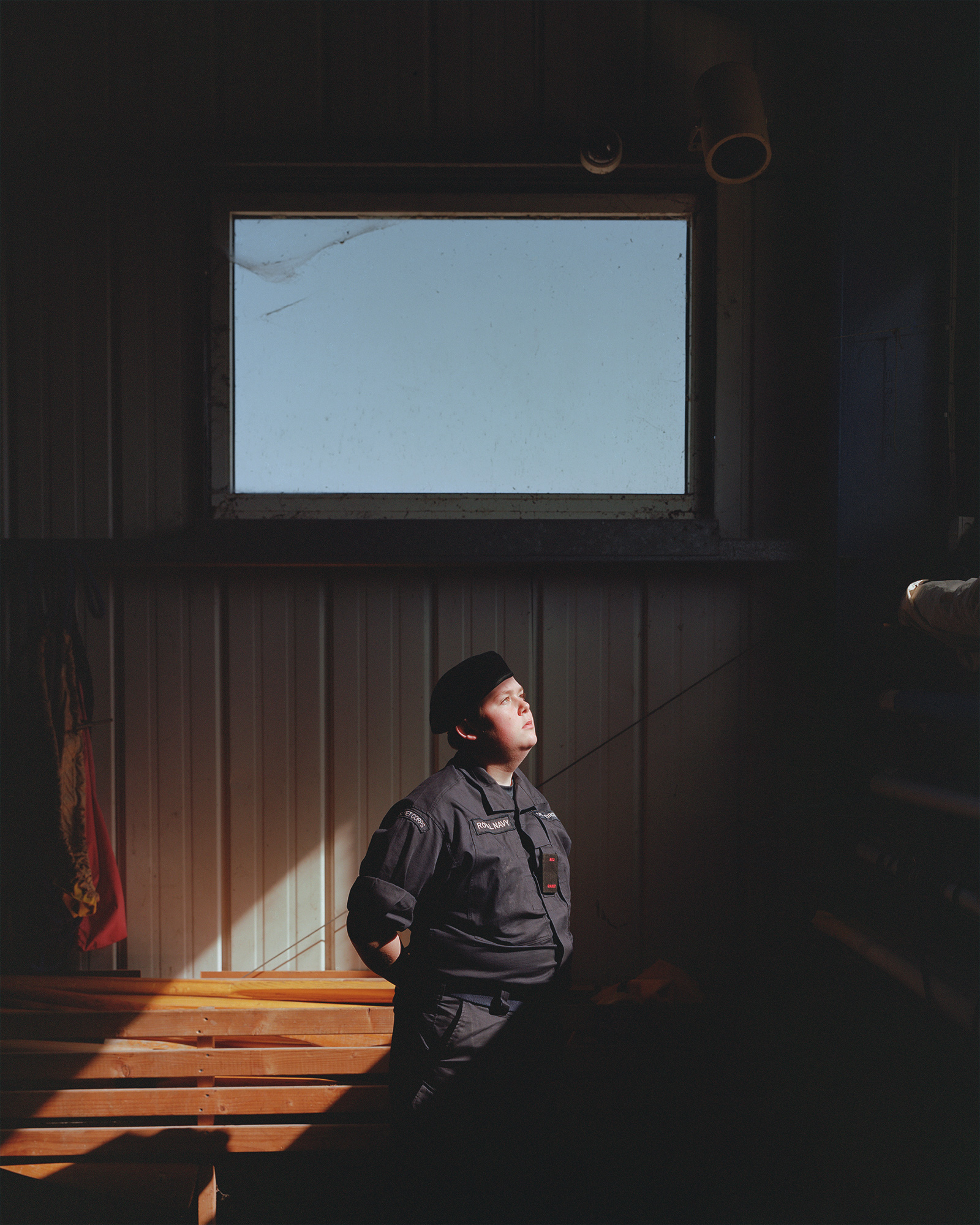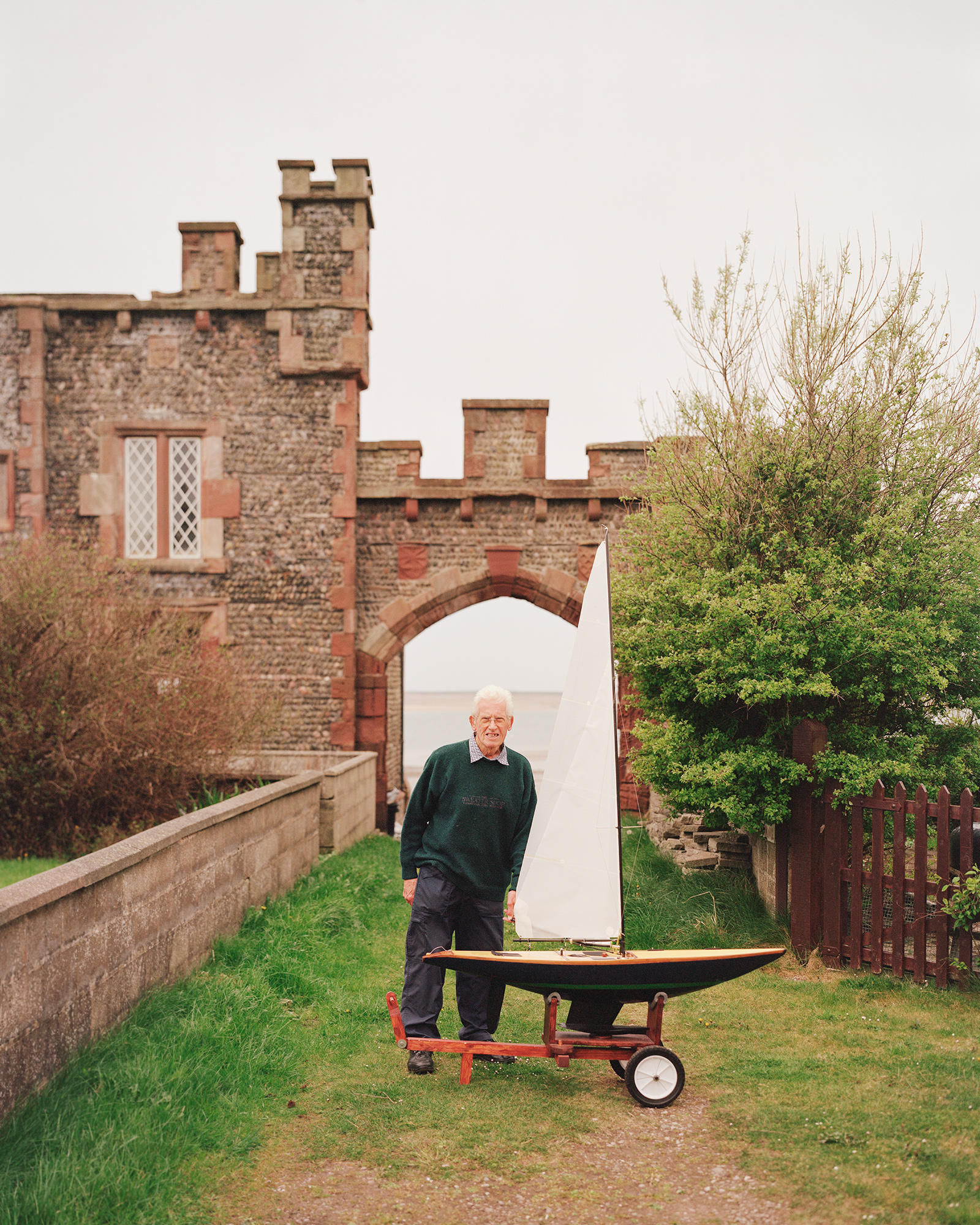All images The Binding Tide © Nicholas J.R. White
In The Binding Tide, the artist shifts the focus away from the military manufacturing economies of the area, instead shining a light on its local community and landscapes
In 2025, Signal Film and Media commissioned photographer Nicholas J.R. White to produce a contemporary response to the Sankey Photography Archive – a major historical record of Barrow-in-Furness’s industrial and social past. The resulting series, The Binding Tide, focuses on the people, coastal landscapes and ecosystems of this northern town, offering an alternative perspective to the dominant narratives of decline and defence infrastructure that have often shaped its image.
The commission was part of Sankey: Lives Through the Lens, a National Lottery Heritage Fund-supported project. It coincided with a period of national attention on Barrow, which was recently granted ‘Royal’ status in recognition of its central role in the UK’s nuclear submarine programme.
Barrow is home to BAE Systems’ shipyard – the only facility in the country where nuclear submarines are designed and built. The town produced the Vanguard-class submarines that carry the UK’s Trident missiles and is currently constructing the Dreadnought-class replacements. As a result, Barrow’s economy and identity are closely linked to defence policy and military manufacturing. However, White’s approach to the commission was to focus instead on the quieter spaces – both geographic and social – that exist alongside this narrative.
“The heavy industry – often the subject of photographs in this part of the world – is simply the backdrop,” White tells BJP. “It felt too easy to make the industry the protagonist of this work, and to focus on the economic struggles of Barrow. I wanted to create something fresh and surprising.”
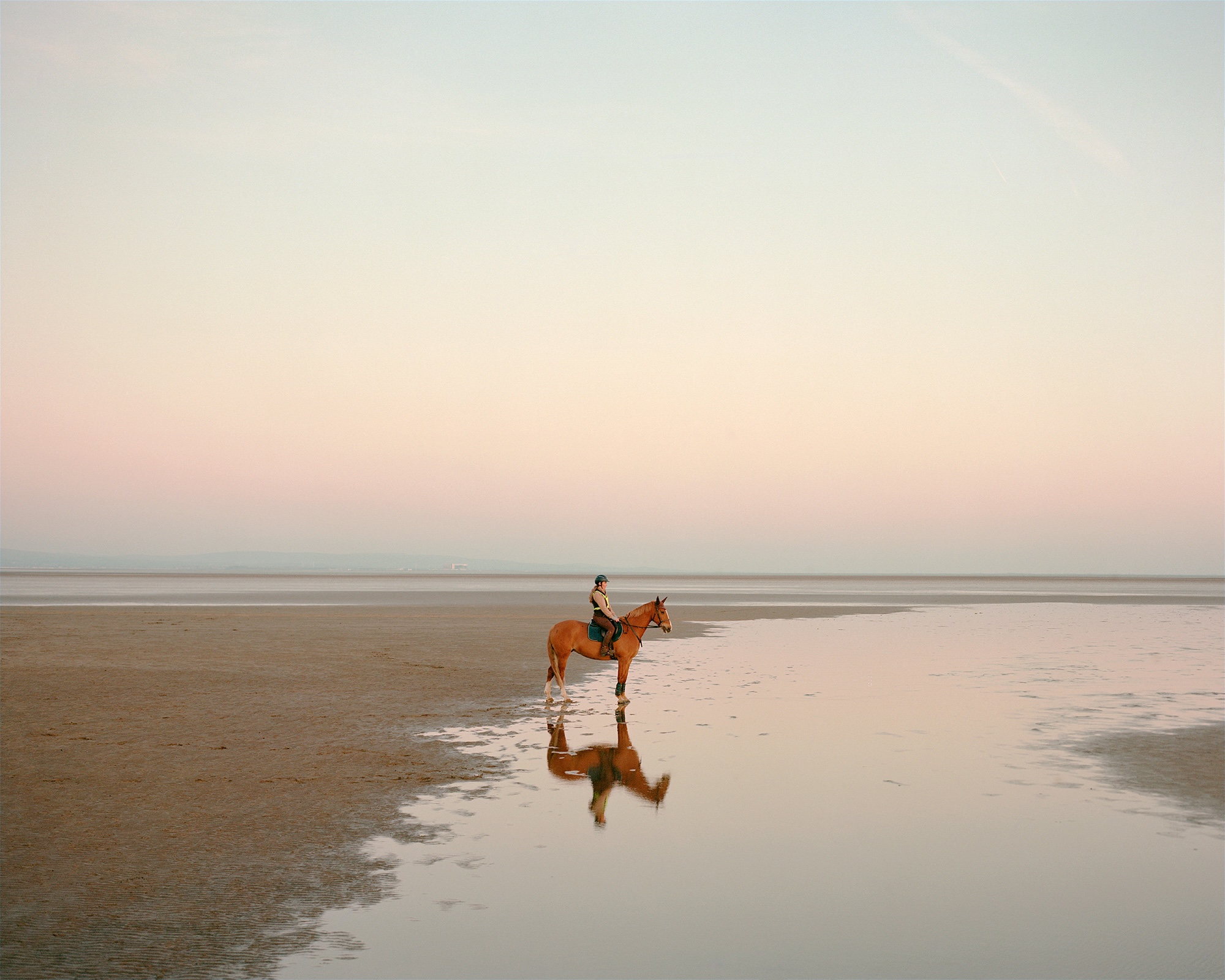
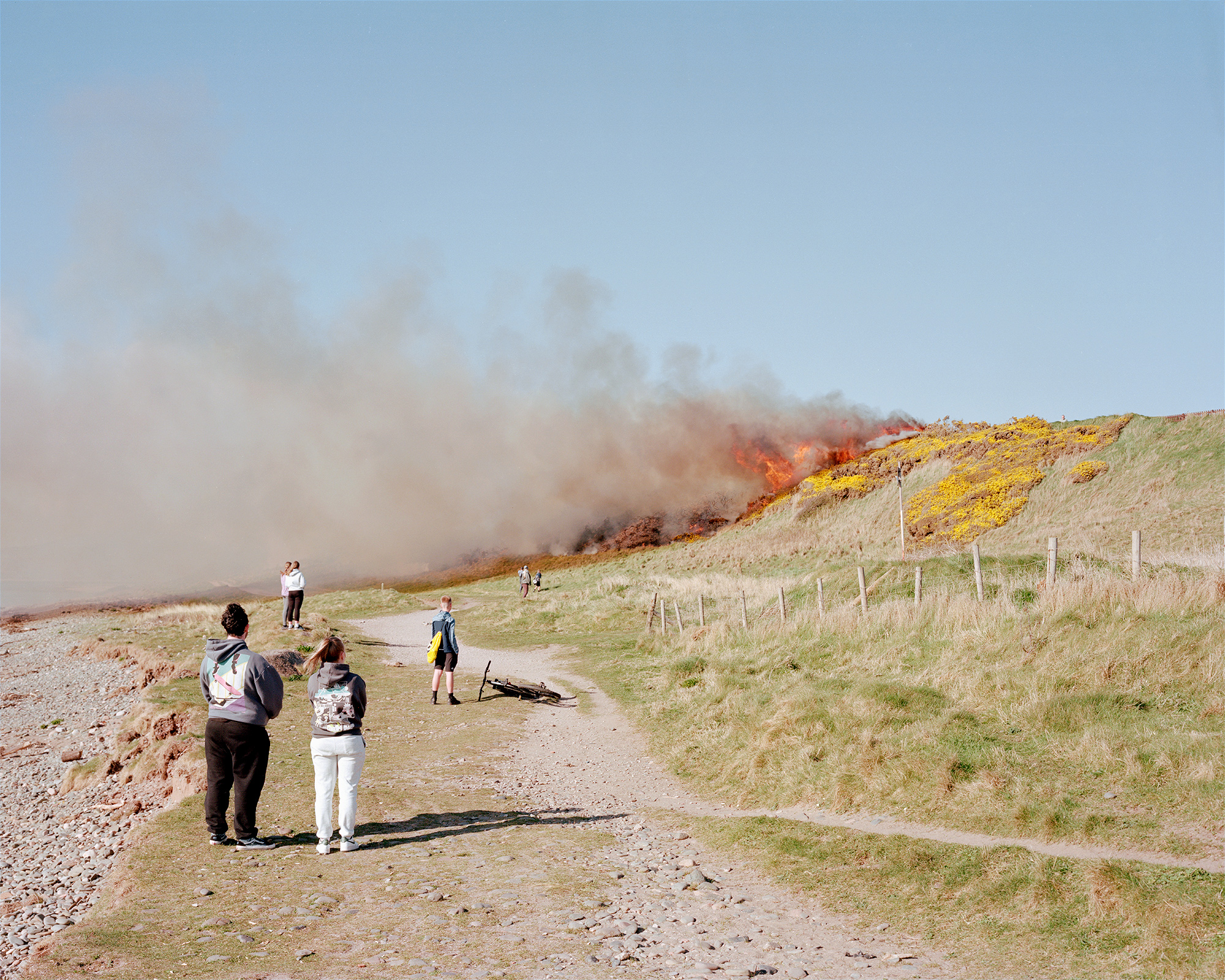
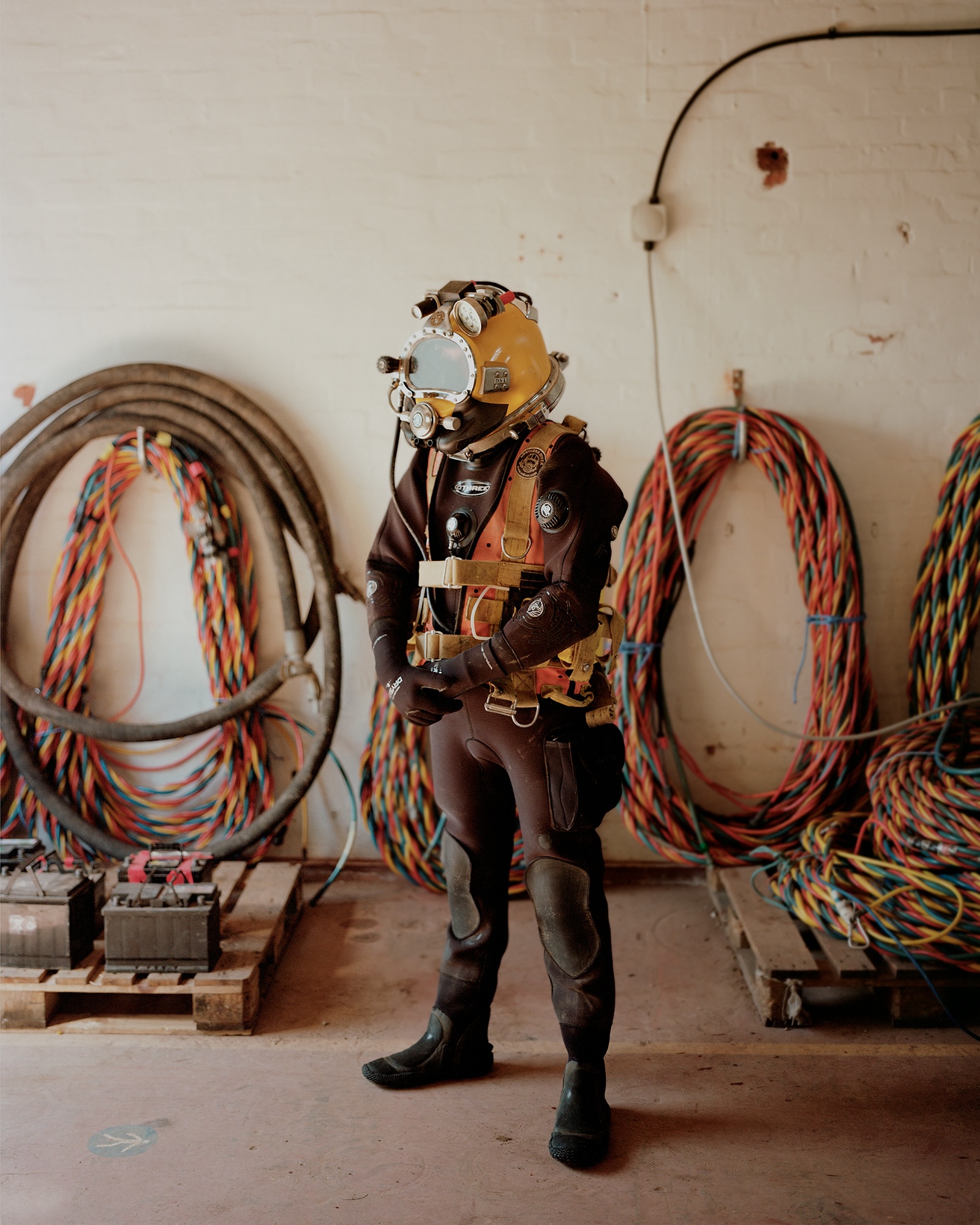
“It felt too easy to make the industry the protagonist of this work, and to focus on the economic struggles of Barrow. I wanted to create something fresh and surprising”
The Binding Tide was produced over the course of a fortnight. White, who frequently works on commission for The Financial Times and The New York Times, based his work along the margins of Barrow. He followed the coastal road from Ulverston to Roe Island, and north to South Walney and Barrow Island. Rather than replicating specific images from the Sankey Archive, White chose to use the recurring presence of water – coastal and inland – as a thematic link between past and present.
His approach was observational, favouring spontaneous encounters over structured shoots. “Excessive planning extinguishes serendipity,” he says. “I feel strongly that my role as a photographer is to be out in the world and let things happen.”
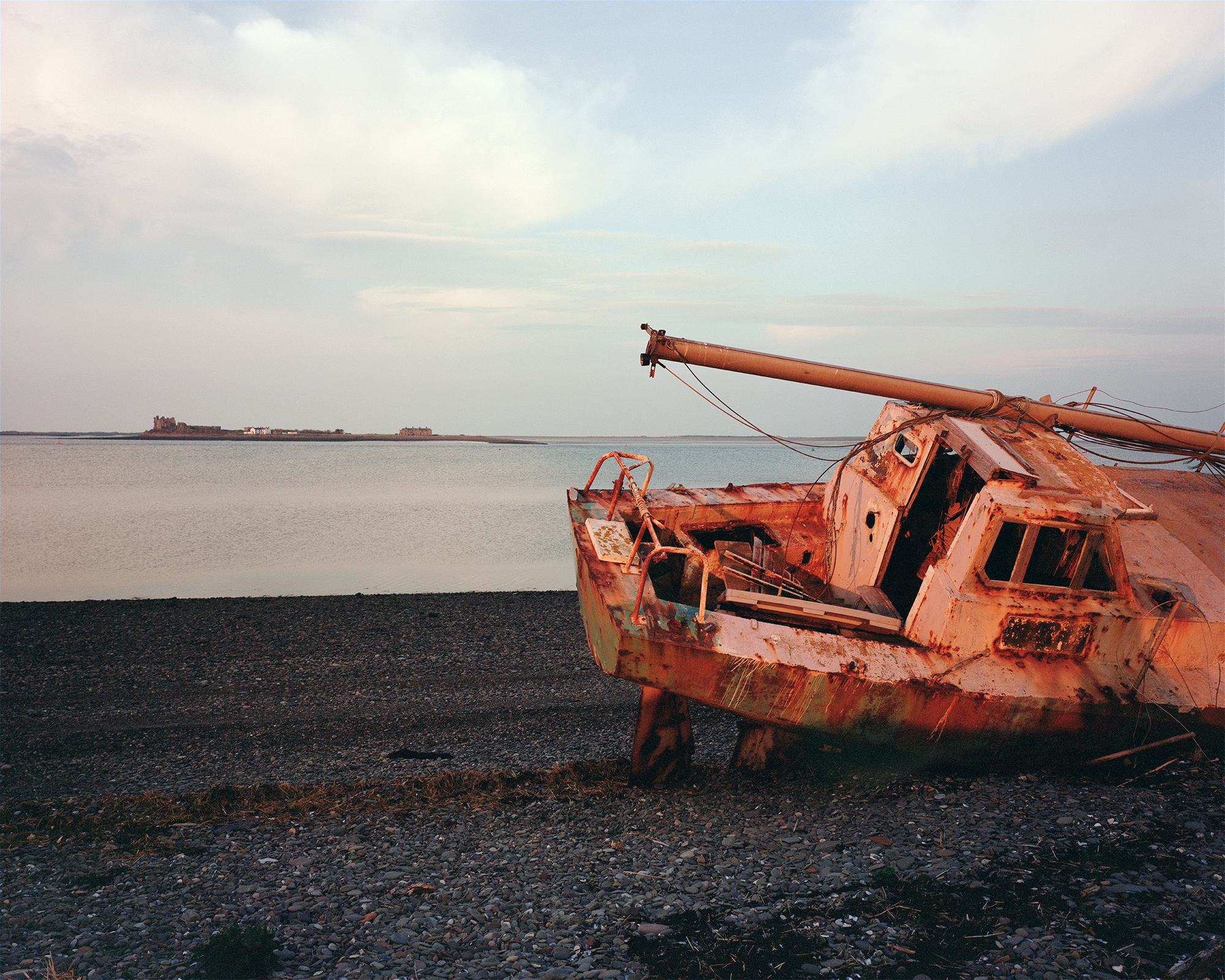
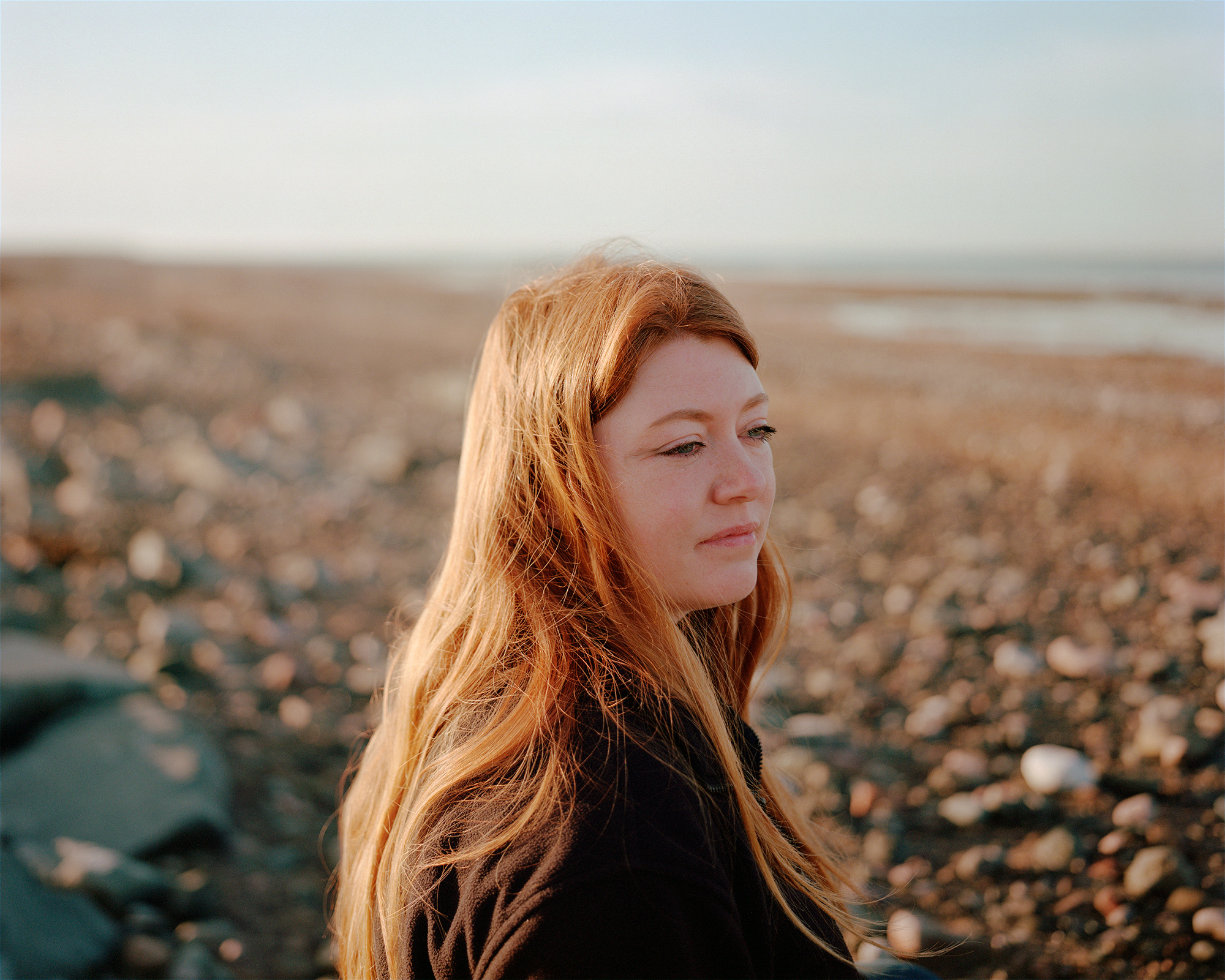
One image, for example, shows Dayle riding her horse Lucy at low tide. The photograph serves as an indirect reference to the working horses visible in the Sankey Archive, which often depicted Barrow’s industrial era. Another image, showing a wildfire at Biggar Bank, recalls the heavy smoke captured in the archive’s documentation of wartime manufacturing.
Elsewhere, White photographed members of the Furness Model Boating Club – established in 1895 – as a way to acknowledge Barrow’s maritime heritage without photographing military hardware or restricted sites. These scenes stand in contrast to the usual depictions of the town’s nuclear shipbuilding facilities.
“I like to think one of the reasons I was awarded this commission was because I didn’t propose to make work directly about nuclear submarines or BAE Systems,” White says. “But that conversation remains important, and my work was made during a time of increased defence spending and as Barrow received royal recognition. That context only reinforced the value of documenting the area’s people and landscapes.”
The resulting photographs form a visual record of Barrow during a moment of change. Some images emphasise the tension between human and environmental forces – such as the push and pull of the tide, or the way natural reserves now occupy spaces once used for heavy industry. Others show signs of informal reuse, such as Second World War pillboxes being repurposed to store kayaks.
“Barrow’s coastal landscape is layered,” White notes. “You see nature and infrastructure coexisting – disused railway lines running through bird sanctuaries, for example. These juxtapositions tell a story about how the town is evolving.”
Signal Film and Media facilitated White’s access to the community through location support and local contacts. This network helped him navigate an unfamiliar environment and build relationships with residents. “Being plugged into Signal’s extended network meant I could approach this work from the perspective of an insider, even though I was an outsider,” he says.
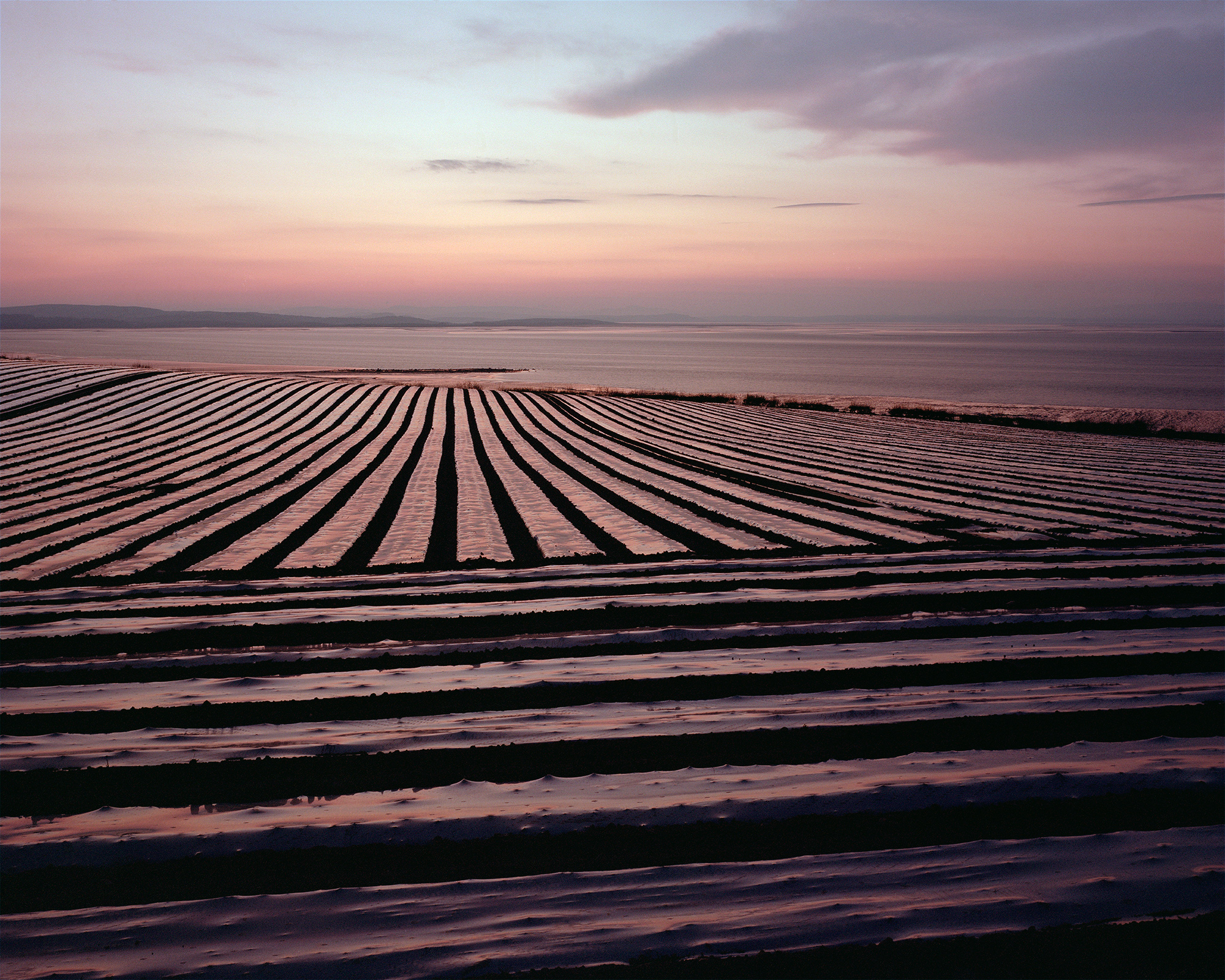
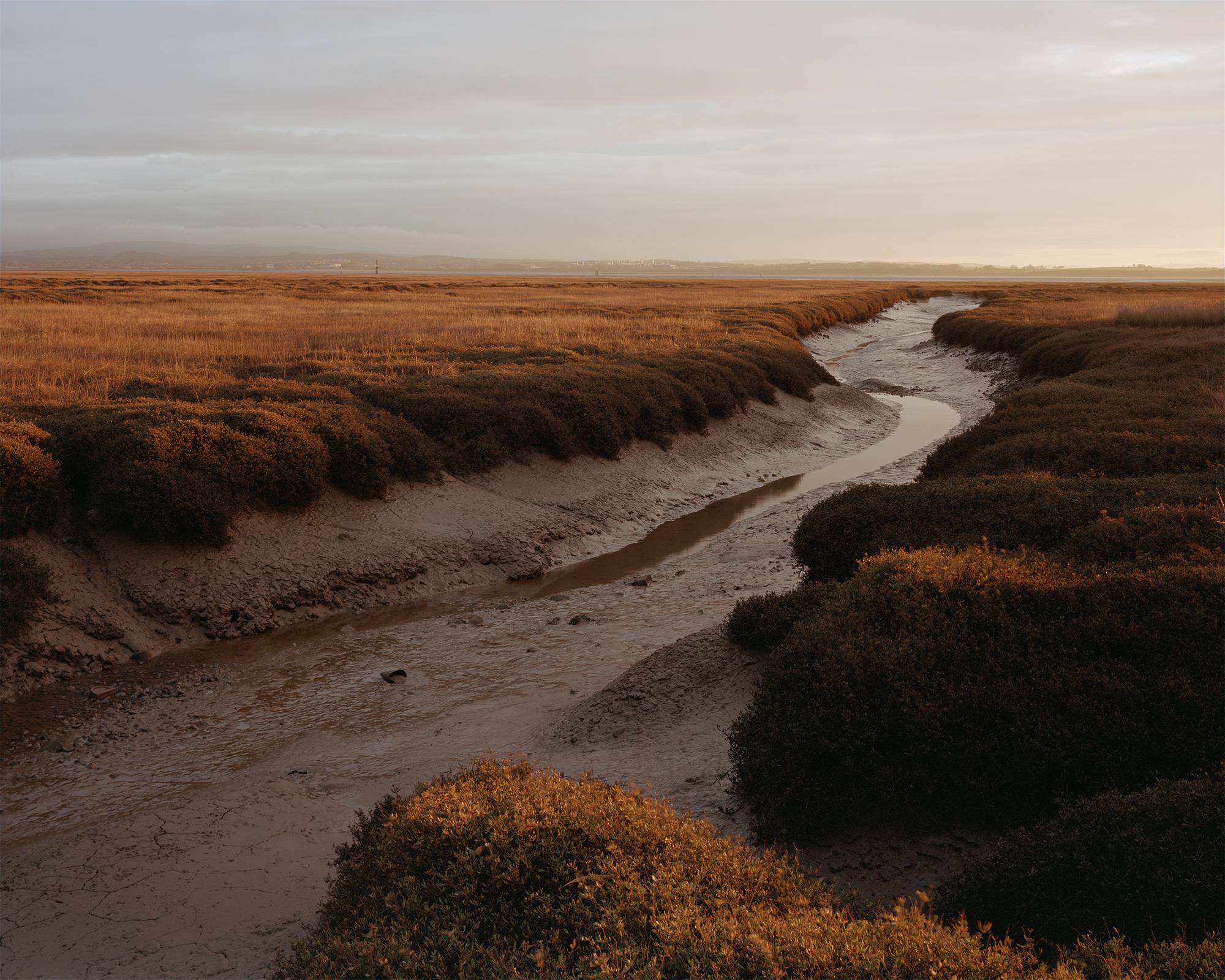
Though based in the Inner Isles of northwest Scotland, White has previously worked extensively in the Lake District. He says this commission drew attention to a gap in his own understanding of the region. “I’d failed to notice Barrow, or these coastal towns more broadly. That was a key reason for applying. Spending time in places outside your usual field of view is not only important for photography, but also for gaining a fuller understanding of the country.”
White’s practice often examines the relationship between people and their natural environments, using a mix of landscape and portrait photography. The Binding Tide continues that theme but in a location more associated with mechanisation than ecology.
The series will be presented as an outdoor exhibition at Barrow’s Town Hall Courtyard from 9 July 2025 and will also be published on Signal Film and Media’s website. White hopes local residents will find their environment represented in a way that feels both accurate and respectful.
“I hope they feel seen – and that they recognise a version of Barrow that isn’t reduced to its defence contracts or portrayed solely in terms of deprivation,” he says.
By shifting focus from industry to environment, from political narratives to lived experience, The Binding Tide offers a counterpoint to the dominant imagery of the region. White is establishing himself as one of the leading voices in a new generation of British documentary photographers. Here, he has successfully reflected Barrow as a place in transition, shaped as much by tidal rhythms and community ties as by its strategic significance to the British state.
